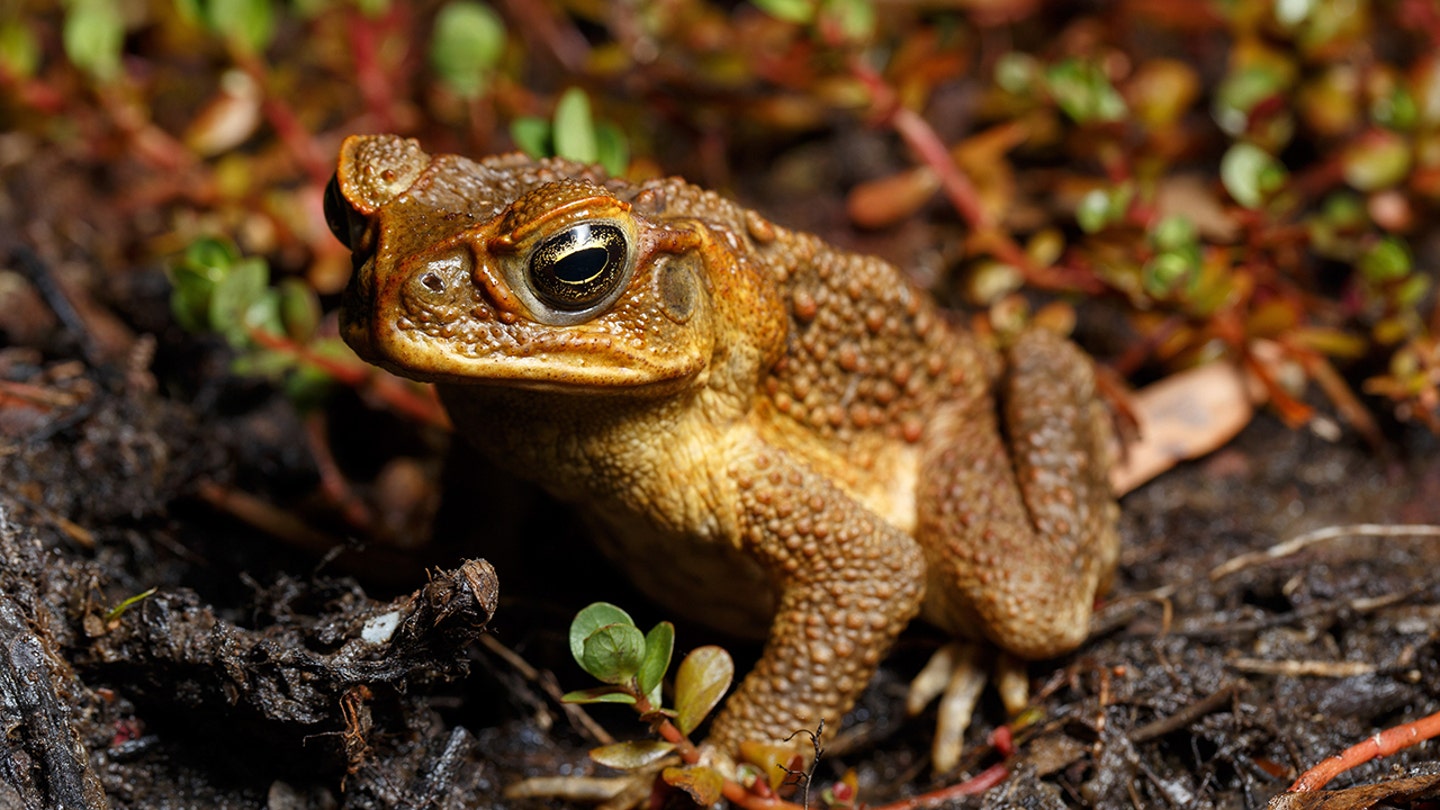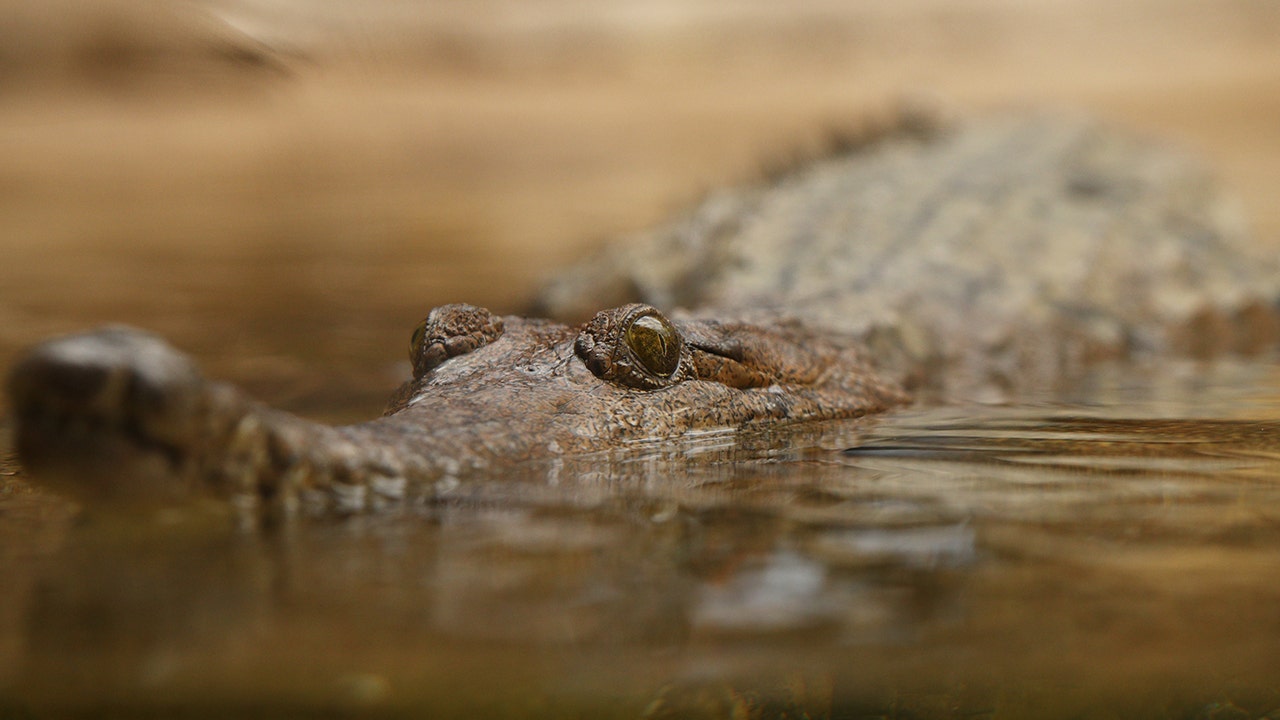Critically endangered crocodiles hatch at Fort Worth Zoo
The Fort Worth Zoo celebrated its first-ever repeated gharial breeding success with the emergence of two hatchlings this summer. The Texas zoo is the only institution in North America to have produced multiple offspring of this species.
Researchers in Australia concerned about the sharp decline of freshwater crocodiles who eat a toxic, invasive toad species have come up with a stomach-churning way for the reptiles to help themselves.
The scientists baited the crocodiles with dead cane toads that had the toxin removed, but added a “nausea-inducing chemical” inside that quickly made the reptiles want to avoid toads for dinner in the future, according to a study published in Royal Society Publishing.
The invasive toads were first brought to the continent from Hawaii as a pest management strategy in 1935, which failed, but the toxic amphibians spread throughout tropical Australia.
“It’s not pretty. They go into seizures. And death is fairly quick and probably very painful because it’s essentially a massive cardiac arrest,” Georgia Ward-Fear, a conservation scientist at Macquarie University in Sydney, told NPR of what happens to the crocodiles when they eat the toads.
AUSTRALIAN RANGERS KILL CROCODILE THAT FATALLY ATTACKED 12-YEAR-OLD GIRL SWIMMING IN CREEK

Researchers in Australia are concerned about the sharp decline of freshwater crocodiles who eat a toxic, invasive toad species and have come up with a stomach-churning way for the reptiles to help themselves. (Don Arnold/WireImage)
“Apex predators play critical ecological roles, making their conservation a high priority,” the study said. “In tropical Australia, some populations of freshwater crocodiles (Crocodylus johnstoni) have plummeted by greater than 70% due to lethal ingestion of toxic invasive cane toads.”
Scientists left nearly 2,400 cane toad carcasses with the nauseous chemical inside in parts of northwest Australia where the crocodiles hunt in 2021, and the crocs “rapidly learned to avoid toad baits but continued to consume control (chicken) baits,” the study said.
It added that “repeated baiting over successive years had continuing positive impacts on crocodile survival.”
The study said the taste aversion method “relies upon the widespread ability of animals to learn to avoid food whose consumption induces nausea.”
RARE ALBINO ALLIGATOR HATCHES IN FLORIDA: ‘ESTIMATED 100 TO 200 IN THE WORLD’

Cane toads were first brought to the continent from Hawaii as a pest management strategy in 1935, which failed, but the toxic amphibians spread throughout tropical Australia. (Joshua Prieto/SOPA Images/LightRocket via Getty Images)
“Crocodiles with toads in their stomachs also often exhibited large haemorrhages within the cardiovascular and digestive systems,” the study said. “Toad-poisoned crocodiles sometimes were found while still alive, floating on the water surface and exhibiting muscular seizures, continuous ‘death rolls’ underwater, bouts of extreme lethargy, limb paralysis, impaired coordination, and unresponsiveness with gaping mouth. We were unable to save any of these animals.”

The survival of freshwater crocodiles is at stake in Australia. (David Gray/AFP via Getty Images)
The scientists also spread the bait out to make sure the crocodiles didn’t get really sick by eating too much of it.
CLICK HERE TO GET THE FOX NEWS APP
“It was a huge success,” Ward-Fear told NPR, adding that crocodile death rates in the region have been reduced by up to 95%. “And it’s now being deployed by Indigenous rangers and wildlife management agencies as we speak.”

